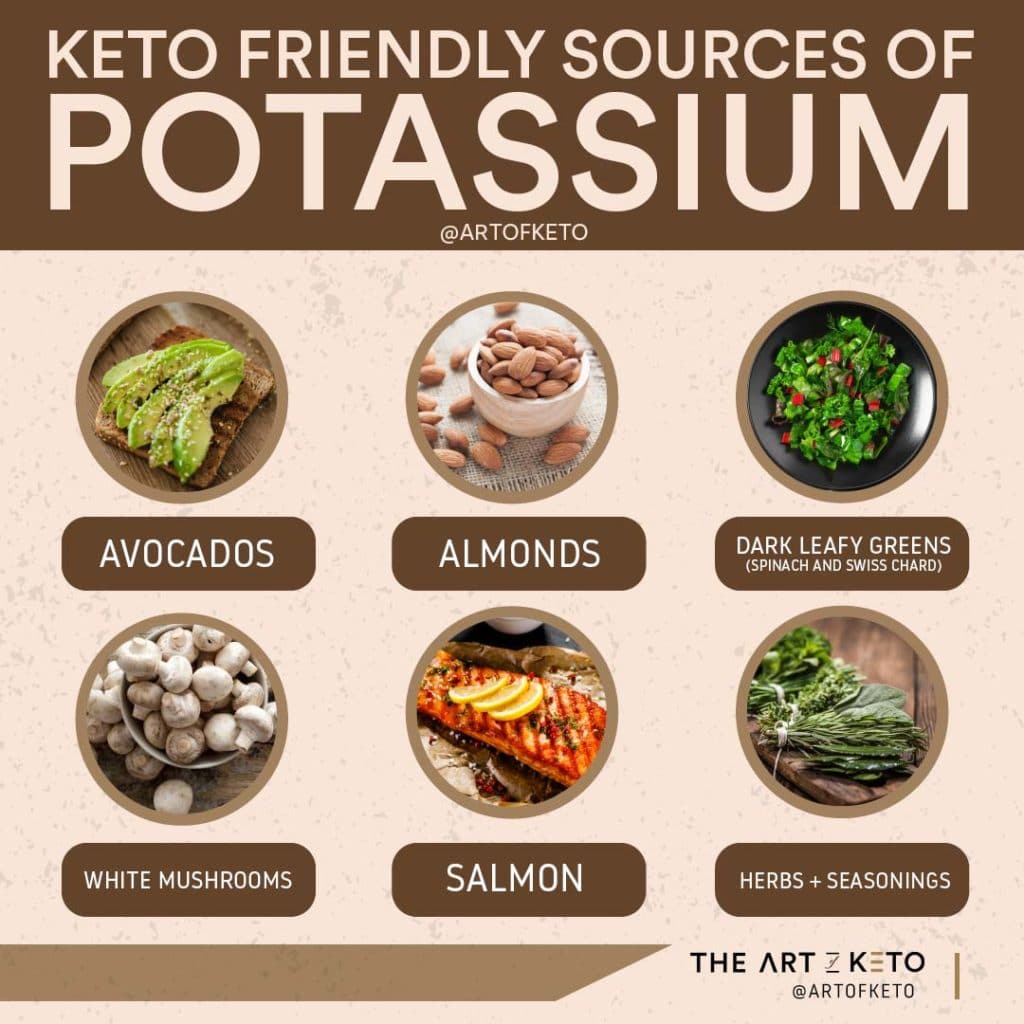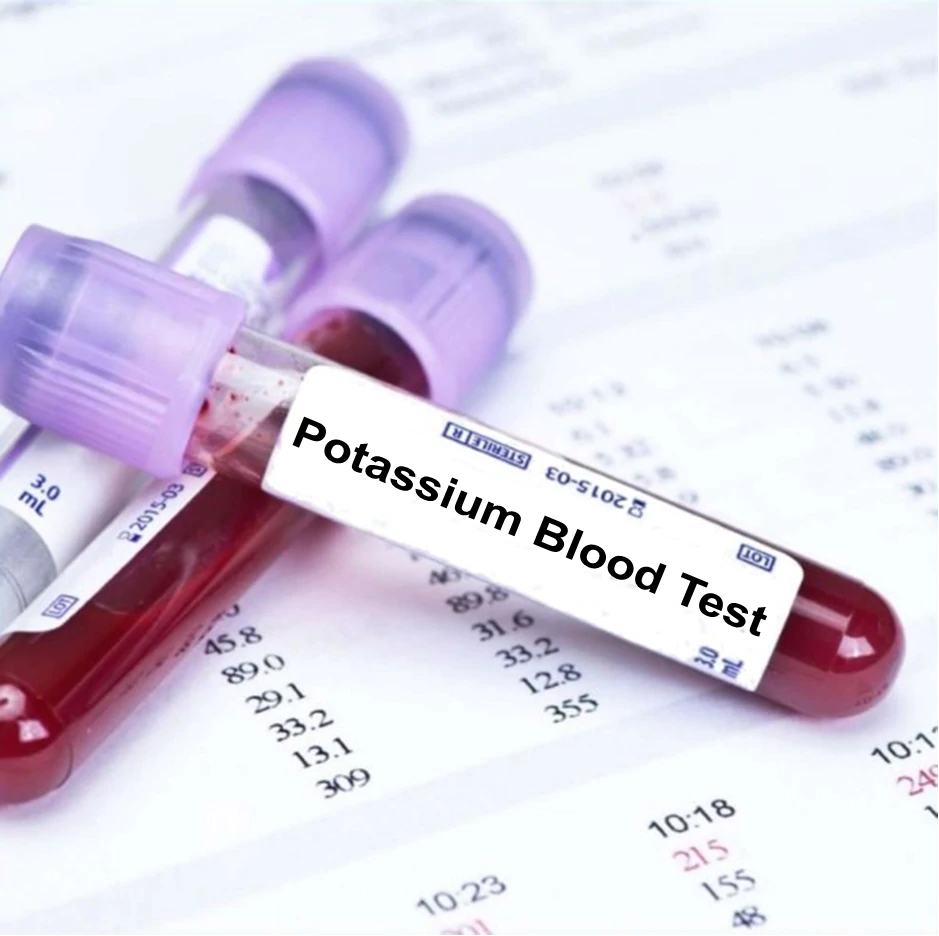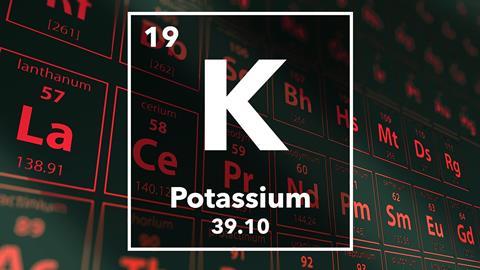
Potassium (K) is a micronutrient that is a constituent of a larger body of electrolytes which includes sodium (Na), chloride (Cl), phosphorus (P), and calcium (Ca).1Such electrolytes work as an aggregate to facilitate movement of nutrients in a cell, pH balance, nerve conduction, and fluid balance.1 Although K deficiencies can emanate from sweating, imbalances with other electrolytes, medications, and gastrointestinal disorders, another often overlooked source is K-depleted plants.2,3 Harvesting crops in as little as 3 times in a row, devoid of replenishing with K-rich fertilizer, has been shown to deplete K concentrations in soil dramatically.3(61) Since vegetables are likely to become depleted in vegetable sources from monocropping techniques, it is essential to monitor signs and symptoms of potassium deficiency. As such the following will explore the same.

K is the most abundant electrolyte in the human body and requires daily consumption of almost 5000 mg.4 Dietary deficiency of said electrolyte is frequently undiagnosed because of its apparent ubiquity in fruits and vegetables. Deficiency is also compounded due the general overconsumption of processed foods in the North American diet; 70% of calories are derived from refined carbohydrates to include sugar, alcohol, and vegetable oils.5 Over time, such nutritional habits can induce mild and chronic hypokalemia (low potassium).5(86) Clinical associations of K deficiency have been connected to osteoporosis, hypercalciuria, renal stone formation, hypertension, cardiac dysfunction, and stroke.5(87) As mentioned in the last section, severe K deficiency can induce a condition known as hypokalemia; a malady considered the worst consequence of low K in the diet. Left unchecked, hypokalemia can manifest into cardiac, gastrointestinal, and neuromuscular dysregulation.5(87)

Red blood cell (RBC) K status, according to Lord and Bralley5(87), is considered the best specimen to determine the same especially since inverse relationships are found between conditions like hypertension and K levels. The minimum daily K intake has been established at 2000 md/day whereas an adequate level is considered to be approximately 4700 mg/day.5(88) If food supplies are inadequate and/or there is overconsumption of processed foods, supplementation may be indicated. Caution should be employed, however, as oral supplementation may be limited by gastrointestinal tolerances.5(88) If severe deficiencies have been determined, the administration of K via IV drip may be implemented to expedite replenishment. If supplementation is indicated, K salts such as potassium chloride or potassium citrate forms are advised to maximize absorption.5(88) Suggested doses can reach as high as 7200 mg/day to raise K levels back to normal levels.

In conclusion, K is a micronutrient that is a constituent of a larger body of electrolytes which includes sodium (Na), chloride (Cl), phosphorus (P), and calcium (Ca). Such electrolytes work as an aggregate to facilitate movement of nutrients in a cell, pH balance, nerve conduction, and fluid balance. When K levels become deficient, it is imperative to monitor signs, symptoms, and RBC levels. Most relevantly, interventions to overcome deficient states are central to restoring health, longevity, and quality of life.
References
1. US National Library of Medicine. Fluid and Electrolyte Balance. MedlinePlus. https://medlineplus.gov/fluidandelectrolytebalance.html. Accessed September 12, 2019.
2. Gropper SS, Smith, JL, Carr TP. Advanced Nutrition and Human Metabolism(7thed.). Boston, MA: Cengage Learning; 2018.
3. Sarkar GK, Debnath A, Chattopadhyay AP, Sanyal SJ. Depletion of soil potassium under exhaustive cropping in inceptisol and alfisol. Commun Soil Sci Plant Anal. 2014;45(1):61-72. doi:https://doi-org.libproxy.bridgeport.edu/10.1080/00103624.2013.848880.
4. Lord RS, Bralley, JA. Laboratory Evaluations for Integrative and Functional Medicine (2nded.). Duluth, GA: Genova Diagnostics; 2012.
5.Ilich, JZ, Kelly, OJ, Kim Y, Spicer, MT. Low-grade chronic inflammation perpetuated by modern diet as a promoter of obesity and osteoporosis. J Ind Hyg Toxicol. 2014;65(2):139-148. doi:10.2478/10004-1254-65-2014-2541.
-Michael McIsaac
